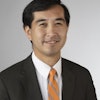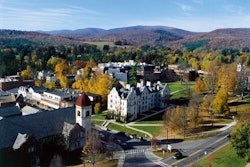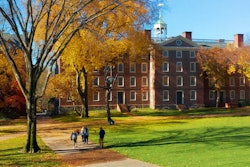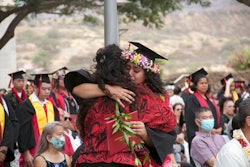Although their political power is largely untapped, the fast-growing Asian American population could emerge as a major political force, a group of Asian American academics told Congressional staffers this week during a briefing.
The gathering was timed to coincide with the release of a report called “The State of Asian America: Trajectory of Civic and Political Engagement,” a collaboration of research articles from top Asian American scholars.
The Asian American population is rapidly growing in numbers, mostly fueled by immigration. The Asian immigrant naturalization rate is higher than that of Hispanics and other groups, said Dr. Paul Ong, a professor of urban planning and social welfare at the University of California, Los Angeles, noting, however, that Asians are registering to vote at lower rates than the general population.
A lack of access to the ballot box and linguistic barriers explain why Asians are less politically engaged than the population as a whole, said Ong, who co-authored the report. Another report author, Dr. Taeku Lee, an associate professor of political science at the University of California, Berkeley, said political parties have not spent much time reaching out to Asian Americans.
Ong blamed the public image of Asian Americans, which is still shaped by the stereotypes that they are “forever foreign” and that their political involvement is oftentimes limited to illegal campaign donations.
However, the reality is Asian Americans are increasingly politically involved. Lee found civic engagement plays a major role guiding Asian Americans into politics. He said he found Asian Americans who are active in social and religious organizations are more likely to vote. But it is difficult to get a pulse of how they are likely to vote because at least half of them do not affiliate with any political party, said Lee. However, he found that Asian Americans who are religiously active are more likely to be Republican, while those who think of Asian Americans as a cohesive group are more likely to identify with the Democrats.
To engage more Asian Americans in the political process, organizations working with this group must understand the group’s complexity, said Ong. There is no one Asian American population, but populations, so reaching out in the various languages can be challenging, said Ong. However, he said “we need to deal with the language issue and make people understand the world is changing … we cannot be driven by old stereotypes that it’s hard to reach that population. It’s not an excuse anymore.”
One group that should do more to engage Asian Americans is institutions of higher education. Ong said universities have an obligation to use research to inform the public, especially when it comes to dealing with issues of underserved groups. He said academics must engage directly in society by doing more public service, and universities should promote public service with the same fervor they promote research.
Students are projected to be one of the most involved groups this election season. The energy of young Asian Americans in mobilizing around the election is a complete turn-around, said Ong. Previously, this group had one of the lowest rates of voter registration, but, he said, it is critical right now to find ways to continue to engage young people in the political process.
Email the editor: [email protected]
Click here to post and read comments
© Copyright 2005 by DiverseEducation.com





















